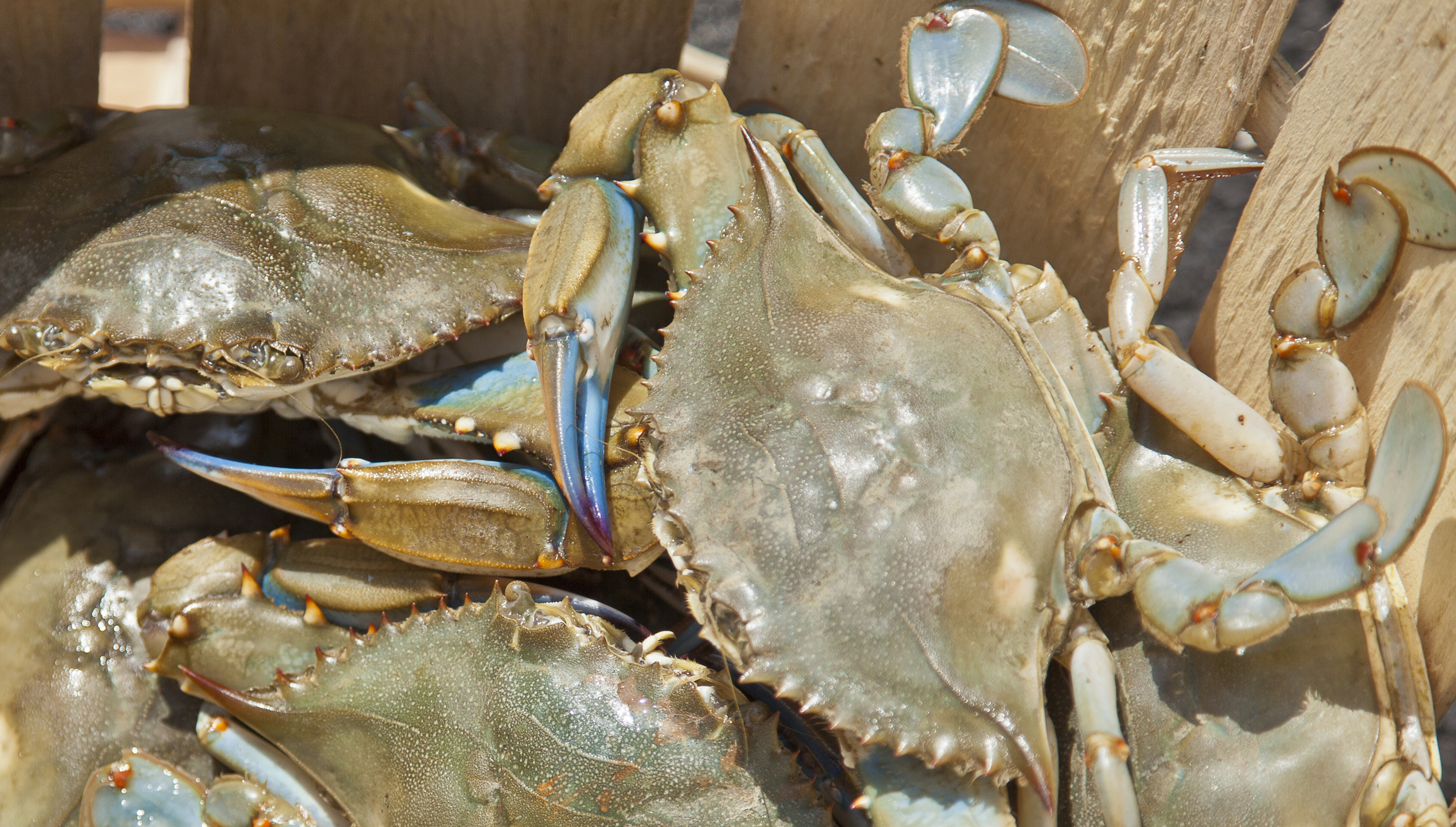 Maryland’s recent election was about change. It was about improving the economy, creating more jobs, and reducing government spending and a strangling tax burden. But it was also a rallying cry for doing things differently on the environment. I’m a Marylander with a vested interest in the economic and environmental wellbeing of this state. I want my girls to stay in Maryland, prosper and raise their families here in a state that offers so much promise and opportunity. So, it is with this intro that I share some thoughts, ideas, and aspirations.
Maryland’s recent election was about change. It was about improving the economy, creating more jobs, and reducing government spending and a strangling tax burden. But it was also a rallying cry for doing things differently on the environment. I’m a Marylander with a vested interest in the economic and environmental wellbeing of this state. I want my girls to stay in Maryland, prosper and raise their families here in a state that offers so much promise and opportunity. So, it is with this intro that I share some thoughts, ideas, and aspirations.
Amidst the ever-increasing criticism of the U.S. EPA and environmental regulations are glimmers of hope and positive developments at the state-level on a “newish” approach to restoring the Chesapeake Bay. Last week, a confab gathered in Virginia to celebrate and promote market-based nutrient trading aimed at helping to accelerate the restoration of the Chesapeake Bay. It was a star-studded event with the likes of EPA Administrator, Gina McCarthy, USDA Secretary, Tom Vilsack, White House CEQ Chair, Mike Boots, and Governor McAuliffe, among others. McCarthy said it best:
Virginia’s nutrient trading program is a strong example of how to create economic opportunity and new income for rural America, while protecting and improving local waterways and the Chesapeake Bay.
Trading presents a least cost, alternative approach to traditional command-and-control regulatory solutions. The whole premise behind trading is the understanding that marginal costs of reducing pollution are different for different sources. For example, it is far cheaper for a farmer to deploy best management practices to reduce excess nutrients running off his corn fields into an adjacent stream than it is for a wastewater treatment plan to install costly technology-based solutions. Under a trading regime, the idea is to encourage the farmer to voluntarily reduce his pollution and generate nutrient credits that in turn can be sold to the wastewater plant to satisfy its Clean Water Act permit obligations. Sounds logical and straightforward, but certain obstacles remain in the way of robust nutrient markets. These obstacles, mind you, are completely solvable.
EPA’s 2003 water quality trading policy, put in place by Tracy Mehan, is terrific and at the time it was adopted it was visionary, but it’s just that, i.e., a policy with little legal standing and that can be changed or ignored with little public input. Obama’s EPA has continued to support trading, but it’s message has been “it’s up to the states to do it.” Some states have trading programs, but the vast majority don’t, because of legal uncertainty and stiff winds in the face of constrained state budgets and limited resources.
Last week’s event was also attended by Brent Fults, founder of the Richmond-based Chesapeake Bay Nutrient Land Trust, who was one of the early pioneers of Virginia’s nutrient trading efforts and has successfully negotiated hundreds of trades, resulting in direct benefits to the Chesaeake Bay. Eco-entrepreneurs like Fults have been willing to put millions of their own money at risk for the opportunity to participate in trading and do something positive for the Bay. And the risk is beginning to pay off in Virginia, thanks to those who had the vision, leadership, and fortitude to make it happen.
However, just look to Maryland where some eco-entrepreneurs are feeling left high-and-dry along with their investments, waiting on the state to adopt policies that would foster trading and encourage more eco-entrepreneurs to invest in conservation. Frustration is building in Maryland due to a lack of vision, failed leadership, and an entrenched bureaucracy where getting permits for restoration projects can take years. Since 2008, Maryland has been working to set up its own nutrient trading program, but with little success in terms of actual trades. According to George Kelly of Environmental Banc & Exchange, “every day we wait is a day we dig a hole for ourselves in the state of Maryland” – Nutrient pollution trading in limbo in Maryland as it expands in Virginia.
So, on the one hand, it’s great to see Virginia making progress. It’s also great to see the EPA Administrator talking about trading. But many have grown weary of talk – talk is cheap, action is needed. Private investors are eager to help and are awaiting more certainty in the markets before deploying more capital to fix the Chesapeake Bay – companies like EBX, CBNLT, and GreenVest, with so much to offer the future of restoration.
From the Obama EPA, we will likely see more cheerleading with plenty of fanfare, but with little else. But for Maryland, this presents the Governor-elect, Larry Hogan, fertile fields to plow. It’s also an opportunity for Congress to adopt legislation making market-based approaches, such as trading, a more viable solution to achieve more environmental restoration and a more sustainable future.

